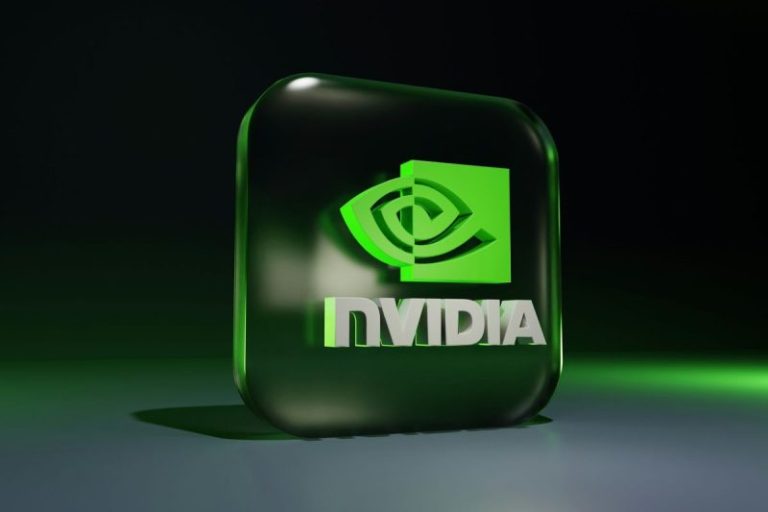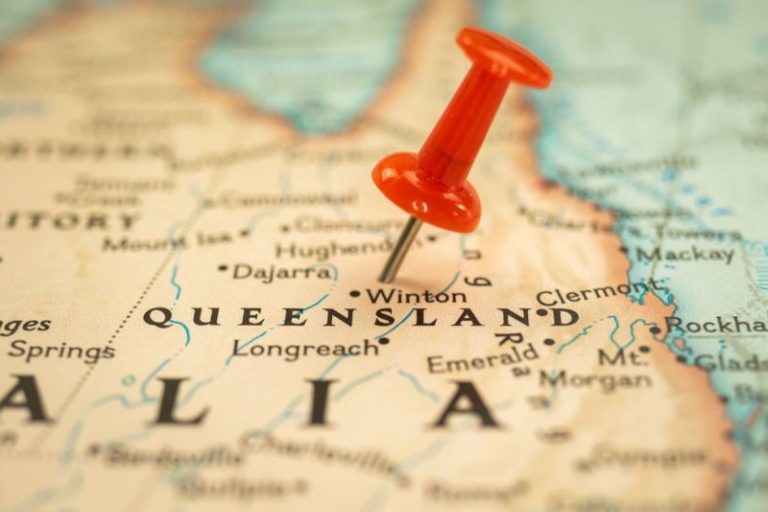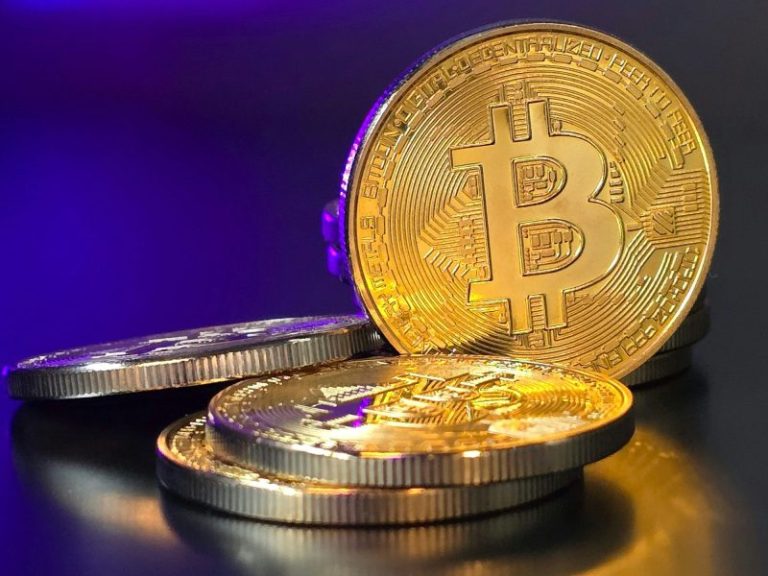Investor Insight
Green Technology Metals aims to build Ontario’s first integrated lithium business, developing two mining hubs and a downstream conversion facility to supply North America’s fast-growing EV and battery industry. The company’s approach is straightforward: bring Seymour into production, secure the downstream footprint at Thunder Bay with EcoPro, and then layer in Root as a long-life second feed. The plan is underpinned by offtake agreements, government funding and a management team with direct experience building lithium mines.
Overview
Green Technology Metals (ASX:GT1) is building Ontario, Canada’s first integrated lithium business, anchored by three upstream assets and a planned downstream conversion facility. The portfolio consists of the flagship Seymour project, the large-scale Root lithium project, and the Junior exploration project, which together provide a clear pipeline of feed into a proposed lithium hydroxide facility in Thunder Bay, Ontario.
The company is actively leveraging Canadian policy support for critical minerals development and supporting a growing number of EV and battery manufacturers in Ontario. The province’s Building More Mines Act, alongside several federal programs, is creating a supportive funding environment for new projects. GT1 has already received conditional approval for C$5.5 million from the Critical Minerals Innovation Fund (CMIF) to support road and infrastructure upgrades at Seymour. In addition, the company has received a letter of intent for a C$100-million project financing support from Export Development Canada, and has pending applications with SIF/NRCan and CMIF Round 2, including a C$5-million submission tied to the Root project. These mechanisms substantially de-risk the financing path and provide tangible momentum toward development.
The strategy is being executed in three phases. First, Seymour will be brought into production with a concentrator based on a dense media separation flowsheet, taking advantage of coarse spodumene mineralogy and proven metallurgical performance. Second, GT1 will construct the Thunder Bay lithium conversion facility in partnership with EcoPro Innovation, replicating proven hydrometallurgical technology to produce battery-grade lithium hydroxide. Finally, Root will be developed as the company’s second, larger mining hub, designed to provide long-life scale and additional feed into the Thunder Bay facility.
Pilot processing of 600 kg of Seymour concentrate produced exceptional overall recoveries averaging >94 percent.
Strategic partnerships reinforce this integrated model. LG Energy Solution has secured a binding offtake for a portion of Seymour’s concentrate production and has invested directly into GT1, providing early validation of the project’s place in the EV supply chain. EcoPro Innovation, as the company’s technical partner on the Thunder Bay facility, has already piloted Seymour concentrate into high-purity lithium hydroxide.
Company Highlights
- Integrated strategy in Ontario: The Seymour and Root projects form the foundation for a vertically integrated lithium business, supported by a proposed lithium hydroxide plant in Thunder Bay, Ontario, with rail, port, power, gas and water access.
- Marketing and offtake secured: LG Energy Solution has a binding offtake for 25 percent of Seymour concentrate and has invested directly into the company, demonstrating strong downstream demand.
- Strategic process partner: EcoPro Innovation is co-developing the conversion facility. Pilot work has already produced battery-grade lithium hydroxide with high recoveries.
- Government backing: GT1 has secured conditional approval for significant funding programs, including C$5.5 million for road upgrades, a C$100 million project financing support LOI from EDC, and additional CMIF and SIF applications.
- Resource base: A combined inventory of over 30 Mt @ ~1.2 percent lithium oxide across Seymour and Root, providing both near-term production and long-life scale.
- By-product upside: Seymour hosts a significant rubidium resource in mica streams that could be recovered alongside lithium, creating an additional revenue line.
Key Projects
Seymour Lithium Project
The Seymour lithium project, near Armstrong, Ontario, contains a total resource of 10.3 million tonnes (Mt) @ 1.03 percent lithium oxide, including 6.1 Mt indicated @ 1.25 percent lithium oxide. Mineralization is hosted in the North and South Aubry pegmatites, which remain open along strike and at depth. An optimized preliminary economic assessment (PEA) demonstrated strong project economics based on a DMS-only concentrator producing 130 ktpa. Key numbers include a C1 cash cost of US$680/t, an after-tax NPV of US$251 million, an IRR of 33 percent, and a three-and-a-half-year payback.
The project benefits from existing road and rail access, low strip ratios, and simple metallurgy with coarse spodumene that responds well to dense medium separation (DMS). Mining leases were granted in August 2025, the environmental assessment submission has been lodged, and the closure plan is nearing completion.
An offtake agreement with LG Energy Solution secures sales for 25 percent of initial concentrate production. Seymour also includes a maiden rubidium resource (8.3 Mt @ 0.27 percent rubidium oxide, with a 3.4 Mt high-grade core at 0.40 percent), which can be recovered from mica streams already separated in the flow sheet, creating potential for a by-product circuit.
Thunder Bay Lithium Conversion Facility
GT1 and EcoPro Innovation are developing a lithium hydroxide monohydrate facility in Thunder Bay. The selected site is fully serviced with rail access, 44 kV power, municipal water and gas, and port facilities. The plant will replicate EcoPro’s operating hydromet trains, with two parallel ~13 ktpa back-end lines designed to scale with Seymour and Root concentrate supply.
Pilot-scale processing of 600 kg of Seymour concentrate at EcoPro’s Pohang facility achieved battery-grade lithium hydroxide, meeting downstream specifications with >94 percent overall recovery. This demonstration significantly de-risks the conversion step and supports ongoing financing discussions with Invest Ontario, SIF and EDC. The project is being advanced through PFS-level engineering, with permitting and JV structuring underway.
Root Lithium Project
Located in Northwestern Ontario, Root is GT1’s scale project, hosting 14.6 Mt @ 1.21 percent lithium oxide (10.0 Mt Indicated @ 1.32 percent). The April 2025 optimized PEA outlined a combined open-pit and underground mining scenario producing ~213 ktpa. The project carries a C1 cost of ~US$677/t, an after-tax NPV of US$668 million, an IRR of 53.5 percent, and a three-year payback.
Root enjoys outstanding infrastructure advantages: road and rail access, proximity to port, and most critically, grid hydro power delivered by the Watay transmission line, reducing both operating costs and upfront capex for power infrastructure. Drilling has confirmed stacked pegmatite bodies that remain open along strike and down dip, leaving scope for significant resource expansion. A bulk sample has been completed, with further testwork and pilot runs at EcoPro planned. Permitting is in its early stages, with a PFS targeted for 2026 and potential construction by late 2027.
Junior Lithium Project
The Junior project is located near Seymour and contains three drill-ready targets. Its proximity to the planned Seymour concentrator makes it a strategic satellite project, with the potential to extend Seymour’s mine life and provide incremental feed. Drilling is expected to test these targets in upcoming campaigns, potentially increasing the overall feed available for the Seymour hub.
Management Team
John Young – Non-executive Chairman
John Young co-founded Pilbara Minerals and played a key role in transforming it into a multi-billion-dollar lithium producer. His background as a geologist spans more than three decades, with significant contributions across discovery, development and financing of lithium and gold projects. At GT1, Young provides strategic oversight and proven operational expertise to scale a lithium developer into a fully integrated producer.
Cameron Henry – Managing Director
Cameron Henry was appointed managing director in June 2024, stepping up from his earlier role as executive director. A founder and substantial shareholder of GT1, Henry has over 20 years’ experience in minerals processing and project delivery. Prior to GT1, he built Primero Group into a respected global leader in lithium infrastructure EPC, successfully executing major projects in Australia and globally. His role is to drive Seymour into production and to lead the execution of the Thunder Bay downstream strategy.
Patrick Murphy – Non-executive Director
Patrick Murphy brings nearly two decades of experience in resource sector investment and deal-making. He has held senior positions at Macquarie and AMCI Group, with expertise in capital deployment, project financing and strategic partnerships. His presence on GT1’s board ensures strong connectivity to the financial community and a disciplined approach to structuring project funding.
Robin Longley – Non-executive Director
With more than 30 years of experience in exploration and project evaluation, Robin Longley is a seasoned geologist who has led successful exploration and development programs across lithium, gold and other critical minerals in Australia, Canada and Africa. His practical technical knowledge and management experience strengthen GT1’s ability to evaluate and expand its Ontario portfolio.
Han Seung Cho – Non-executive Director
Representing EcoPro Innovation, Han Seung Cho serves as a direct link between GT1 and its strategic partner on the Thunder Bay conversion facility. As general manager of EcoPro’s strategic business team, he brings decades of experience in lithium procurement, downstream offtake structuring, and project development for LHM plants. His position ensures that GT1’s downstream ambitions remain closely aligned with end-user requirements in the battery sector.









